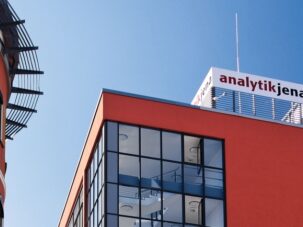How To Safely Handle Laboratory Equipment

Safety is paramount in any laboratory setting. Proper handling of laboratory equipment Dubai ensures the well-being of personnel and also maintains the integrity of experiments and results. Mishandling equipment can lead to accidents, injuries, and compromised data. This information provides essential tips on how to safely handle laboratory equipment.
Understand the equipment:
Before using any laboratory equipment, it is vital to understand its function, operation, and dhazards. Read the manufacturer’s manual thoroughly and pay attention to any safety warnings or precautions. Familiarize yourself with the equipment’s components, operating procedures, and emergency shutdown protocols. Attending training sessions or demonstrations can also provide valuable hands-on experience.
Use personal protective equipment (PPE):
Always wear appropriate personal protective equipment (PPE) when handling laboratory equipment. This includes lab coats, gloves; safety goggles, and faces shields. PPE protects you from chemical splashes, sharp objects, and other hazards. Ensure that your PPE is in good condition and fits properly. Regularly inspect and replace any damaged or worn-out protective gear.
Perform regular maintenance:
Regular maintenance of laboratory equipment is essential for ensuring safe operation. Follow the manufacturer’s guidelines for routine maintenance and calibration. Inspect equipment for any signs of wear, damage, or malfunction before each use. Address any issues immediately to prevent accidents. Keeping a maintenance log can help track servicing schedules and identify recurring problems.
Be prepared for emergencies:
Know the emergency procedures and the location of safety equipment such as fire extinguishers, eye wash stations, and first aid kits. In the event of an accident or spill, act swiftly according to established protocols and seek assistance if needed.
Document and communicate:
Maintain records of equipment usage, maintenance, and any incidents. Effective communication among lab personnel about equipment status and safety practices helps in creating a safer working environment.
Follow correct procedures for maintenance:
Regular maintenance is vital for the longevity and safe operation of laboratory equipment. Follow the recommended maintenance schedule and procedures outlined in the user manual. Clean equipment as required and perform any necessary calibrations to ensure accurate results.
After using laboratory equipment, dispose of any waste materials according to safety guidelines. This includes properly disposing of chemicals, biological materials, and sharps. Ensure that waste containers are correctly labeled and used to avoid contamination and accidents.